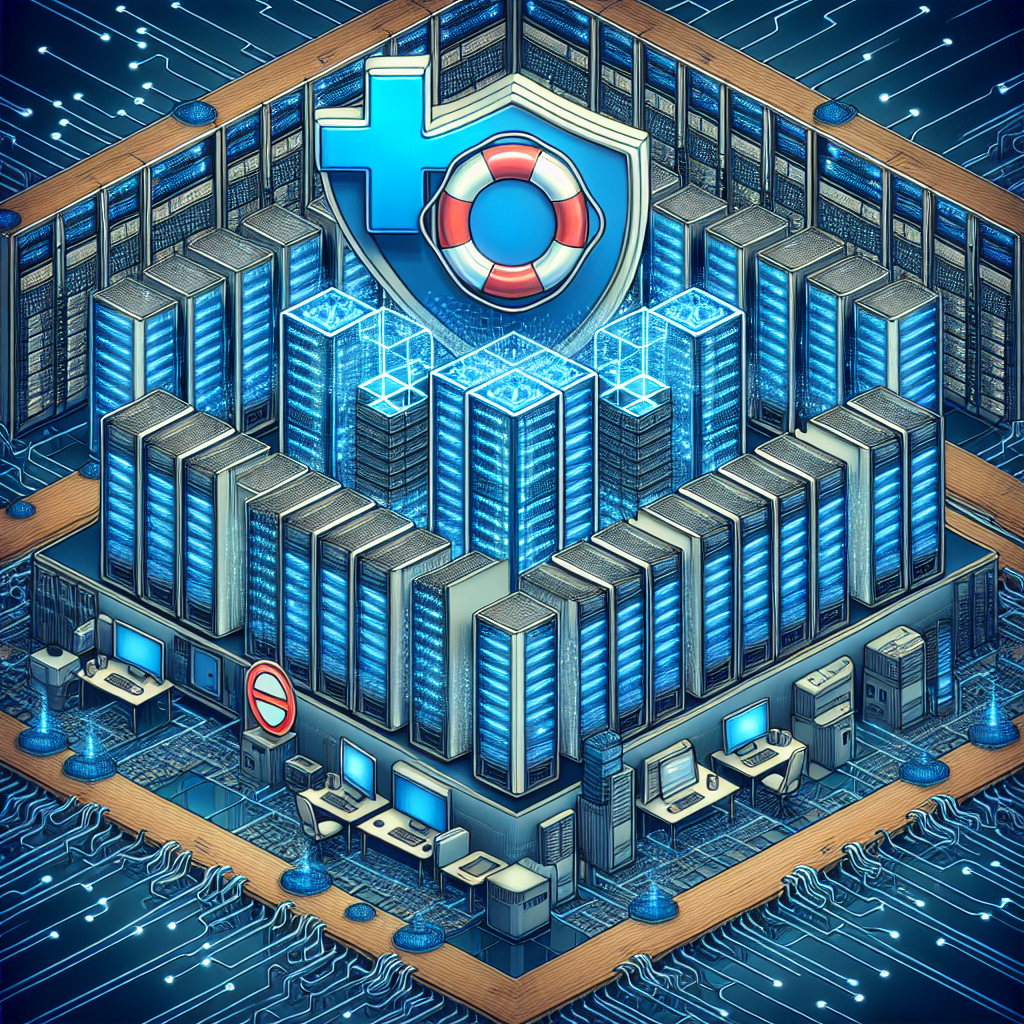Your cart is currently empty!
Data Center Backup and Recovery Strategies: How to Safeguard Against Data Loss and Downtime

Data centers are the heart of any organization’s IT infrastructure, housing critical data and applications that are essential for daily operations. However, despite the best efforts to protect this data, data loss and downtime can still occur due to a variety of reasons such as hardware failure, natural disasters, cyber attacks, human error, or software malfunctions.
To safeguard against data loss and downtime, it is crucial for organizations to implement robust backup and recovery strategies. These strategies ensure that data can be quickly restored in the event of a disaster, minimizing the impact on business operations and reducing the risk of financial losses or reputational damage.
Here are some key data center backup and recovery strategies that organizations can adopt to protect their valuable data:
1. Regular Data Backups: Regularly backing up data is the first line of defense against data loss. Organizations should schedule automated backups of their critical data on a daily or hourly basis, depending on the volume and importance of the data. It is essential to store backups on secure, off-site locations to prevent data loss in the event of a disaster at the primary data center.
2. Implement Data Replication: Data replication involves creating duplicate copies of data and storing them in different locations. This ensures that data is always available and accessible, even in the event of a hardware failure or a natural disaster at the primary data center. Organizations can use synchronous or asynchronous replication to replicate data in real-time or with a slight delay, depending on their recovery time objectives.
3. Disaster Recovery Planning: Developing a comprehensive disaster recovery plan is essential to ensure a swift and effective response in the event of a data loss or downtime. This plan should include detailed procedures for restoring data, recovering applications, and resuming business operations as quickly as possible. Regular testing and updating of the disaster recovery plan are also crucial to ensure its effectiveness.
4. Utilize Cloud Backup and Recovery Services: Cloud backup and recovery services offer a cost-effective and scalable solution for protecting data. Organizations can leverage the cloud to store backups securely and access them quickly in the event of a disaster. Cloud-based backup solutions also provide additional redundancy and flexibility, making them an ideal choice for organizations with limited IT resources.
5. Data Encryption and Security: Encrypting data during backup and transmission is essential to protect it from unauthorized access or cyber attacks. Organizations should implement strong encryption algorithms and secure protocols to safeguard their data. Additionally, implementing multi-factor authentication and access controls can help prevent unauthorized access to backup data.
In conclusion, data center backup and recovery strategies are essential for safeguarding against data loss and downtime. By implementing regular data backups, data replication, disaster recovery planning, utilizing cloud backup services, and ensuring data encryption and security, organizations can protect their valuable data and ensure business continuity in the face of potential disasters. Investing in robust backup and recovery strategies is a proactive approach to mitigating the risks associated with data loss and downtime, ultimately safeguarding the organization’s reputation and bottom line.

Leave a Reply